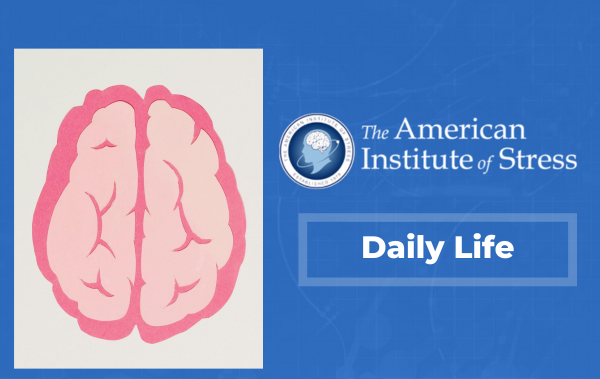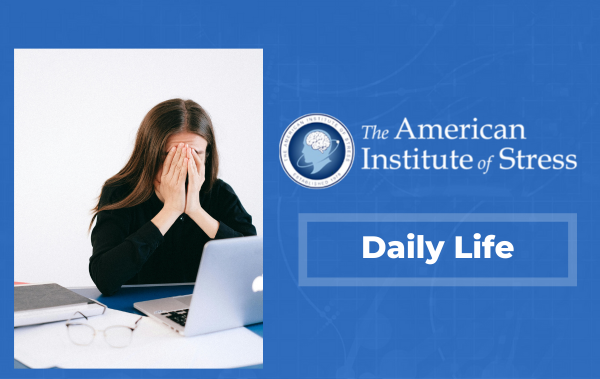
-
Acute stress overwork can make your heart race or send your blood pressure soaring. Stock Photo
Q: I just started my first post-college job, which I love. Nevertheless, I’ve been feeling really stressed and anxious. My boyfriend says stress can affect your health. What can I do?
A: First, congratulations on this major milestone in your life. As for finding it stressful, please know that you’re not alone. Starting a new job is often overwhelming and with good reason. Virtually everything — the physical environment, the people, the social culture and the work itself — is unfamiliar.
You can learn to manage the stress of this transition. First, recognize that sources of stress can be mental, emotional or physical. By taking a detailed mental inventory of your workdays, you can identify the specific situations that result in distress.
On the physical side of things, which is your working conditions, take the necessary steps to be safe and comfortable. Depending on your occupation, this applies to light, temperature, ventilation, the ergonomics of the workstation or familiarity with safety procedures.
When it comes to mental and emotional stressors, which pretty much everyone has on the job, focus on coping techniques. Deep-breathing exercises and mindfulness techniques have been shown to reduce stress significantly. You can learn about these techniques by reading books or taking a class. If that doesn’t help, seeing a therapist can help.
In small amounts, stress is no big deal. But chronic stress can take a steep physical and emotional toll. The sooner you learn to identify and manage it, the better off you’ll be.
Q: I just turned 65, and my doctor wants me to have a bone density test. What is it, and how does it work?
A: A bone mineral density test, or BMD, measures the strength of one’s bones. It’s an important diagnostic tool for osteoporosis, a progressive disease in which bones become brittle and fragile and can easily break.
Although our bones appear hard and static, they are made up of living tissue. The honeycomb inner framework of a bone is composed of collagen, which is a protein. A mineral known as calcium phosphate provides strength and solidity. Together, these two substances create a strong and flexible structure that successfully withstands stress.
All of this leads us back to the scan your doctor has recommended. Known as a DXA test — that’s short for dual-energy X-ray absorptiometry — it’s essentially the same procedure and technology used in a standard X-ray. A machine delivers low-dose X-rays, which measure the amount of calcium and other bone minerals present in a segment of bone. The proportion of bone minerals to soft tissue reveals bone density.
The DXA test, which is most often used to measure bone density at the hip and the lumbar spine, is used to diagnose osteoporosis. It can also help assess the risk of future fractures, and to detect whether a treatment for osteoporosis is working.
The test, which is as quick and painless as an X-ray, is performed on an outpatient basis. It takes from 15 to 30 minutes to complete, depending on the part of the body being scanned. The results of the test, known as a T score, are presented as a comparison between your own bone density and that of a young adult at the peak of bone formation.
A second measurement, known as a Z score, compares your bone density to averages from people your own age, size, and gender.
The BMD test is usually recommended for women when they turn 65. It may be recommended earlier than that if a woman has rheumatoid arthritis, low body weight or low vitamin D levels; has used a corticosteroid for three or more months; has a family history of osteoporosis; has experienced bone breaks resulting from a minor accident; has lost height; or is a heavy smoker or drinker. Depending on the results of the initial test, a follow-up test may be needed in one or two years.
• Dr. Eve Glazier is an internist and associate professor of medicine at UCLA Health. Dr. Elizabeth Ko is an internist and assistant professor of medicine at UCLA Health. Send your questions to [email protected].





